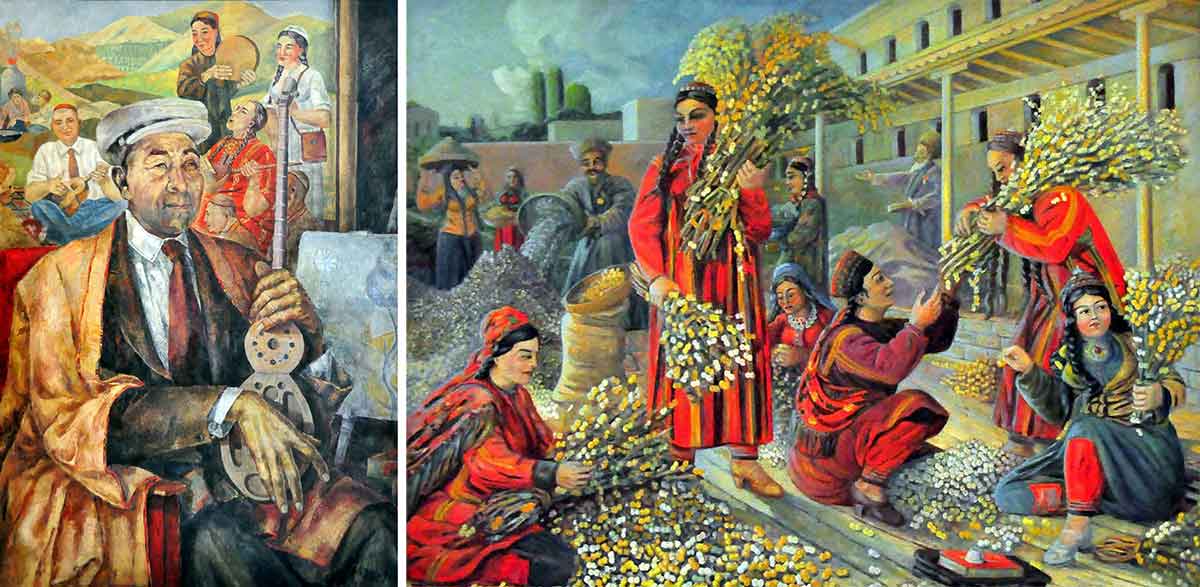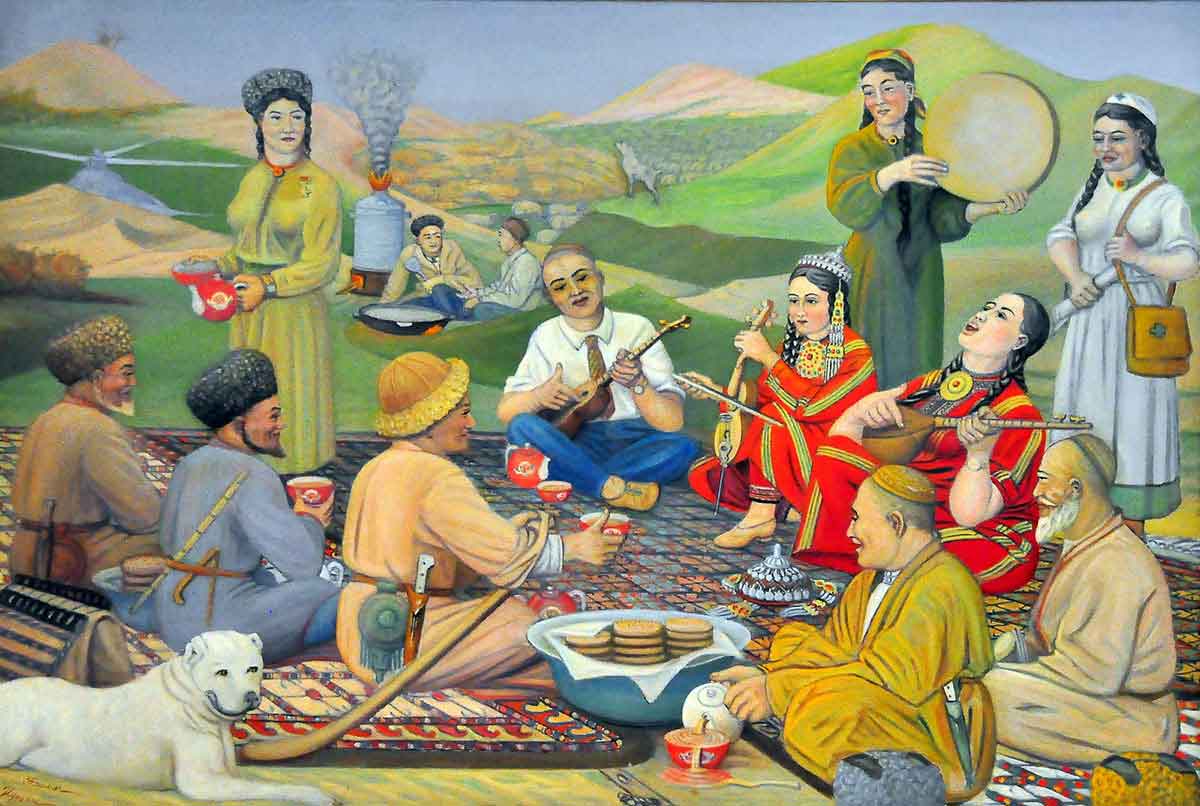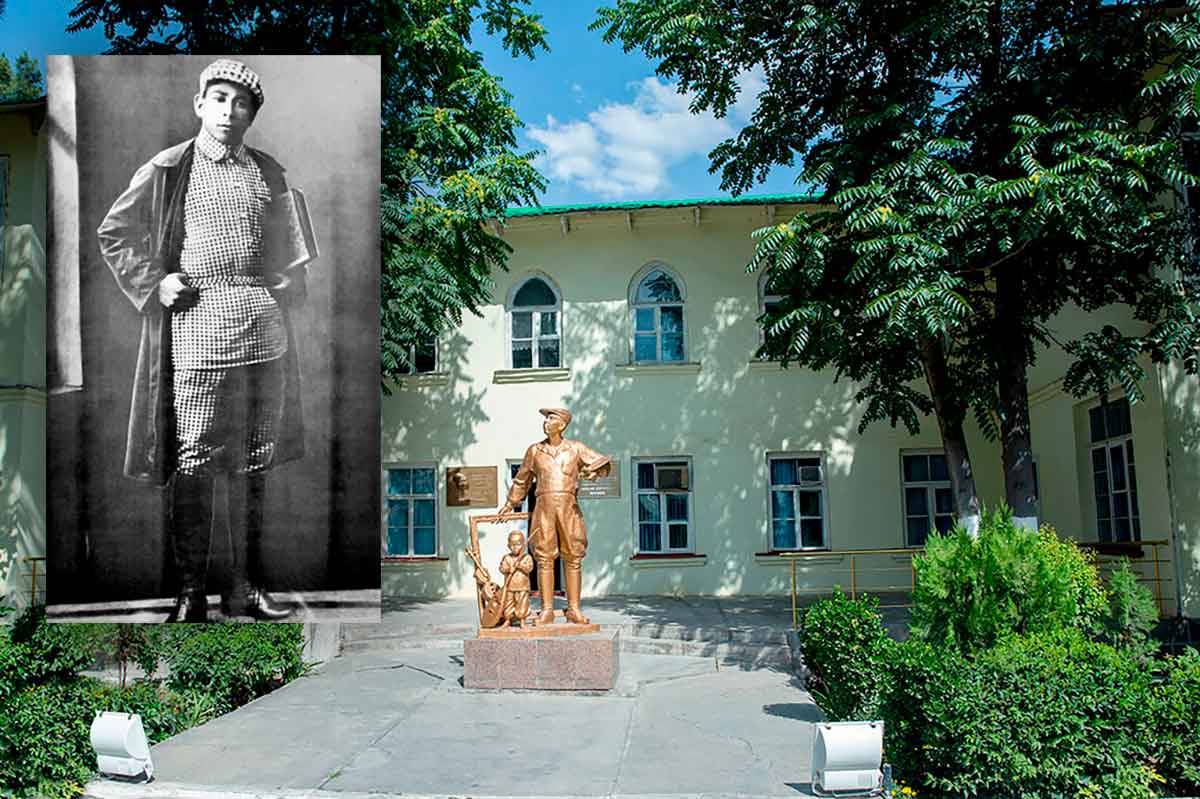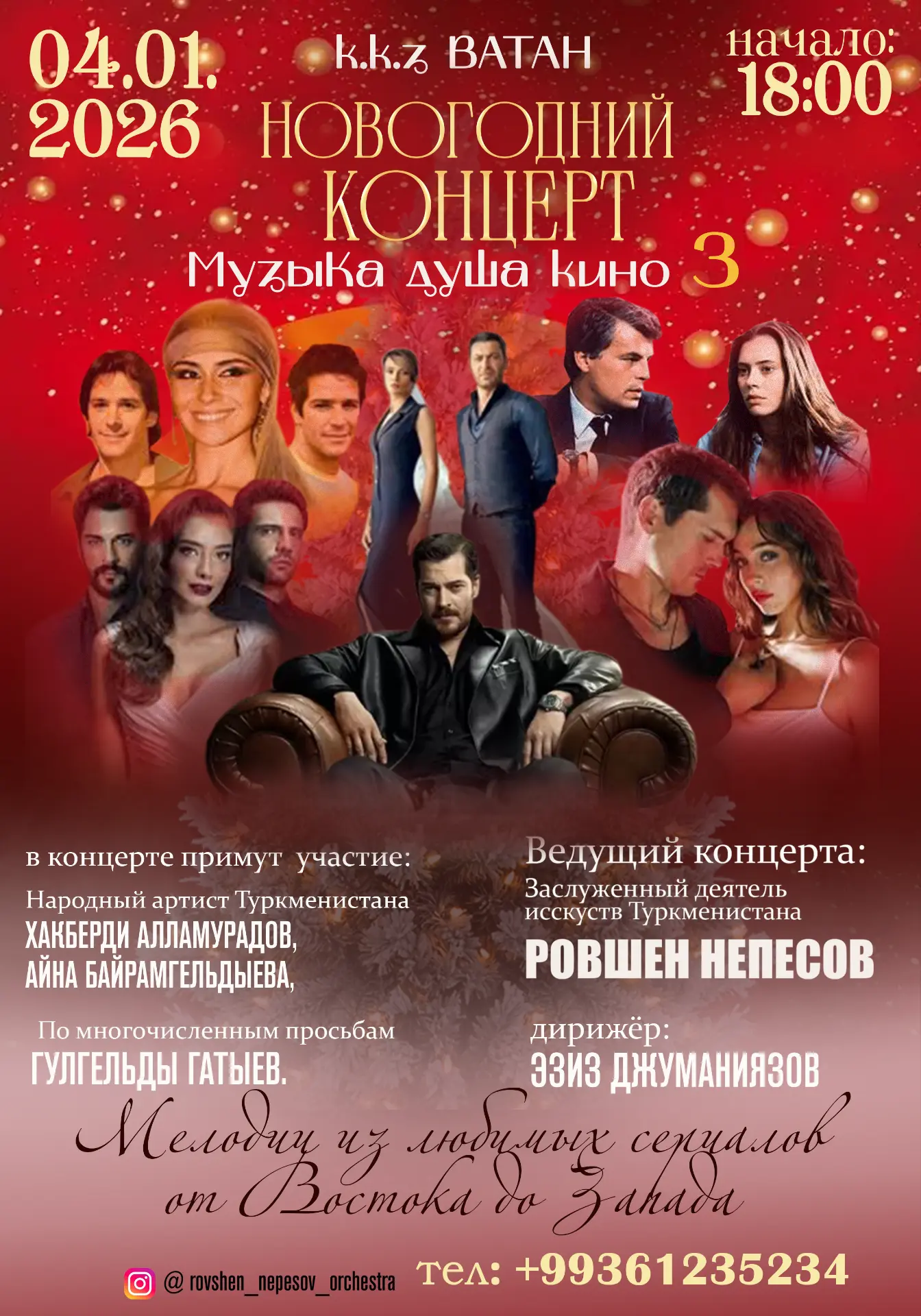He went down in the history of national culture as the first Turkmen painter. His creative biography is so multifaceted that in relation to him one often has to use the word "first".
He is also known to creative people as the creator of the first carpet-weaving experimental workshop, as the organizer of the first experimental orchestra, the basis of which was modernized dutars and gidzhaks. In addition, he is a poet and singer, one of the first teachers and artists of Turkmenistan.

His canvases are kept in the funds of the State Tretyakov Gallery, the Museum of the East (Moscow), the Museum of Fine Arts of Turkmenistan.
In addition to the fact that Byashim Yusupov is the first People's Artist of Turkmenistan, he is the brightest, extraordinary personality, people like him are called “encyclopedists”, such a wide range of his activities. He was not like anyone else. He did not like it when they called him "Central Asian Gauguin", "Turkmen Giotto", compared to Niko Pirosmani. "I am Byashim Nurali!" - he answered such comparisons.
The life of this man is surprisingly rich in cardinal turns of fate and vivid impressions: he is a shepherd, then an artist, then an actort, then a teacher, then an inventor. The thirst for the new, the desire for the unknown throughout his life accompanied him.

In early childhood, the incident brought Byashim to USHIV (Shock School of the Arts of the East). The paintings he saw there made such a strong impression on him that he soon became a student at the school. The best students subsequently got the opportunity to continue their studies in Moscow.
For an artist from among the people, began a difficult and important period in his life. One of his teachers arranged for Byashim at the rabfak MONO (Moscow Department of Public Education) for preparatory training for admission to VKHUTEMAS (Higher Artistic and Technical Workshops).
Already at the stage of Byashim Nurali's formation as an artist, his paintings caused great controversy and discrepancies, which were then conducted during his lifetime and even after his tragic death. Upon returning to Ashgabat in 1930, he heads the Turkmenfilm film studio and even manages to play the role of a shepherd in the film Seven Hearts.
However, the craving for painting takes its toll. In 1923 he painted the picture "Kurban Bayram", then "In the registry office", "Bakhshi among the shepherds" and other works followed.
During the difficult war years, Byashim Nurali teaches painting at the children's art school, in the same one that now bears his name. There, in the school museum, musical instruments made by his hands are kept.
In 1947, Byashim Nurali, a painter from the people, was awarded the title "People's Artist of Turkmenistan".
As the colleagues who knew him note, Byashim Nurali was different even in the style of his clothes. He was either in national dress - in a telpek hat and a don, or in a European suit with a cane in his hands. Actually, he was so unpredictable and unlike anyone else in his works, he was distinguished by the uniqueness and eccentricity of performance.

The artist's appeal was so strong for his contemporaries that artists often turned to his image.
It is generally accepted that one of the most successful sculptural images of Byashim Nurali is the sculpture of Aman Jumaev, installed in front of the entrance to the Ashgabat children's art school.
In the memory of the people, Byashim Nurali remained as an original, truly people's artist, who embodied the primordial cultural traditions of the nation in his original canvases. His paintings are distinguished by a peculiar color, they carry an optimistic mood, are saturated with the energy of life, a great loveG for their native land and people. As a poet, he wrote the book "Turkmen Legends" and the poem "Khally and Chopan". As a musician, he played dutar and gijak excellently.
And who knows, no matter how many more original works a truly folk, talented a rtist would have created, if on January 2, 1965, his life had not been cut short by a tragic plane crash in the very center of the Karakum Desert.
"GA" Correspondent







